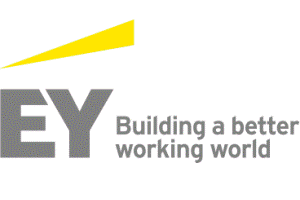Only 19% of households are likely to purchase or use connected home technology over the next five years

Only 19% of households are likely to purchase or use connected home technology over the next five years, according to an EY survey of 2,500 households in the UK. However, further analysis by EY shows that despite this discrepancy, there are a number of opportunities ripe for organisations looking to capitalise on the smart home revolution.
According to the survey, smart heating is the connected home technology that consumers are most likely to purchase or use over the next five years at 26%, with 53% unlikely to purchase or use smart heating over the next five years. Other technologies are smart lighting (23% likely, 57% unlikely), connected car (18% likely, 61% unlikely), smart watch (18% likely, 66% unlikely), smart fridge (15% likely, 69% unlikely), and smart oven (14% likely, 71% unlikely).
Adrian Baschnonga, EY lead telecommunications analyst, said: “While ‘connected’ lifestyles are very much the norm, the majority of consumers have yet to be convinced of the value of smart home products. Awareness levels remain low, and a fragmented market of competing solutions is hindering the development of simple offerings that resonate with households.”
Despite the general lack of consumer enthusiasm for smart home products, 34% of households are very interested in the new technology and gadgets, up 4% since the last EY survey in 2013. In addition, some household demographics already have a pronounced interest in smart home products. For example, over half of the young, affluent and tech-savvy ‘Digital Devotee’ segment from the survey are likely to use or buy smart heating in the next five years.
It is therefore important for companies investing in smart home technologies to put the consumer at the heart of everything they do and provide practical solutions to everyday needs. Understanding the diverse needs of the modern home and refining smart home products in the light of customer feedback will be vital to accelerate adoption rates.
Adrian Baschnonga added, “The smart home is at an early stage of growth. Improved dialogue with customers is essential if service providers are to translate interest from early adopters into mass market demand. Rethinking approaches to packaging, pricing and product installation can all help create a more convenient experience that will widen the appeal of smart home technology in the long-term.”
Comment on this article below or via Twitter @IoTGN
